In recent years, high youth unemployment has become one of the most pressing challenges facing African policymakers. Unlike in industrialized and emerging economies, export-led manufacturing is playing a much smaller role in the structural transformation of Africa’s economies. Senegal is no exception to this trend. While agriculture has lost more than 10 percentage points of its labor share between 2004 and 2019, manufacturing has increased its share by only 1 percentage point, against 7.6 percentage points for trade.
Yet, recent macroeconomic trends do not reveal a stagnant economy lacking opportunity, but one that is growing rapidly and increasingly providing opportunities for its young people. After averaging 3 percent growth per year from 2009-2013, Senegal’s economy grew by 6.6 percent per year from 2014 to 2019. Moreover, youth unemployment dropped from 14 percent to 6 percent between 2007 and 2016. Again, unlike the experience in much of Asia, manufacturing does not appear to be driving these trends.
Instead, a growing body of literature identifies some sectors that are similar to manufacturing in many regards, and that could be nurtured to support economic growth and generate employment. These industries, termed “industries without smokestacks” or IWOSS, are characterized by (i) being tradeable, (ii) generating high value-added per worker, (iii) having a greater potential for technological change and productivity growth, and (iv) showing evidence of scale and/or agglomeration economies. Our recent report analyzes the potential of IWOSS sectors to, if properly leveraged, dramatically boost good-quality job creation in Senegal.
Overall, at 4.5 percent per annum, IWOSS sectors in Senegal experienced a substantially higher growth rate between 2001 and 2017 than did non-IWOSS sectors (2.7 percent) and manufacturing (3.4 percent) over the same period. On the labor market side, the employment elasticity for IWOSS sectors tourism and agro-processing are 0.96 and 0.88, which are higher than manufacturing (0.54). Horticulture’s is even higher, at 0.97. A higher employment elasticity means that as these IWOSS sectors grow, they will tend to create more jobs than manufacturing.
IWOSS in Senegal has shown higher employment growth for women
Importantly, employment elasticities are, in general, much higher for women than for men, for both IWOSS sectors and non-IWOSS sectors alike (Table 1). Indeed, while male employment in IWOSS grew by 3.9 percent per over the 2001-2017 period, women experienced an even higher employment growth rate in IWOSS (5.1 percent) over the same time frame.
Table 1. Employment-output elasticity for Senegal
| Total | Male | Female | |
| Overall economy | 0.55 | 0.43 | 0.76 |
| Total IWOSS | 0.77 | 0.65 | 0.97 |
| Agro-processing | 0.88 | 0.73 | 1.15 |
| Horticulture | 0.97 | 0.9 | 1.16 |
| Tourism | 0.96 | 0.81 | 1.14 |
| ICT | 0.19 | 0.13 | 0.29 |
| Transport | 0.24 | 0.14 | 0.41 |
| Financial and business services | 0.99 | 0.9 | 1.13 |
| Trade: formal | 1.17 | 1.04 | 1.41 |
| Other IWOSS services | 0.46 | 0.35 | 0.65 |
| Manufacturing | 0.54 | 0.42 | 0.78 |
| Other non-IWOSS | 0.48 | 0.35 | 0.70 |
| Agriculture | 0.3 | 0.16 | 0.5 |
| Mining | 0.10 | 0.06 | 0.13 |
| Utilities | 0.19 | 0.14 | 0.31 |
| Construction | 0.56 | 0.44 | 0.68 |
| Trade: informal | 1.14 | 1.0 | 1.37 |
| Government | 0.4 | 0.29 | 0.6 |
| Other non-IWOSS services | 0.52 | 0.43 | 0.70 |
Source: ANSD (2019), Direction de l’horticulture, ilostat (2020), authors’ calculations.
Despite the promise shown by IWOSS for women, the employment growth rate for youth (aged 15-24) remains much more limited than for older people. Both for IWOSS and for non-IWOSS, the youth employment growth rate is lower (2.3 percent for IWOSS and 0.0 percent for non-IWOSS) than that of adults (25+ age bracket), whose employment growth rates are 6.2 percent for IWOSS and 4.6 for non-IWOSS.
Despite this promise, constraints are holding IWOSS sectors back
While certain IWOSS in Senegal certainly have the potential for job creation, a number of obstacles stand in the way of the growth of those sectors. Removing these hurdles to IWOSS growth might considerably change the growth trajectory of Senegal in the near future, by, in our estimates, doubling annual growth rates from their baseline level.
Horticulture
Having access to credit in Senegal is a lengthy process and has several limitations relative to obtaining credit from commercial banks. Interest rates are high, and barriers to access to credit are not homogenous across sexes. More specifically, women have a harder time accessing loans as all the parameters relative to having worthy collateral are, most of the time, linked to the borrower’s employment status. Moreover, the horticulture sector lacks qualified and skilled laborers that would enable its operators to be competitive in the international markets by producing high-quality products in the timeframe imposed by international buyers. Finally, the impact of climate change on livelihoods cannot be ignored: The natural resources required to have good yields are getting scarcer and the technological investments necessary to allow producers to adapt to those climatic changes are not made. As a result, products are not properly conserved nor transformed thus leading to huge yield losses. To counter these issues, it would be important to make infrastructural investments to minimize yield losses and increase opportunities for conservation and transformation, provide capacity-building opportunities, and develop and popularize climate change adaptation measures.
Tourism
The biggest issues in the tourism sector are related to climate change, as Senegal has capitalized on “watercourse tourism” where most tourist activities are centered around water. Therefore, rising sea levels threaten most of those activities. Additionally, most investments around tourism are concentrated in big cities like Dakar. The remote rural areas, which also hold breathtaking tourist attractions, lack adequate infrastructure that would attract private investment. Thus, policymakers should make important infrastructural investments in rural areas as a means to attract private investments, and identify and implement climate change mitigation measures that would enable a sustainable exploitation of resources.
Agro-industry
Policymakers must take steps to reduce the barriers to entry to IWOSS sectors, especially lack of adequate infrastructure. Eight percent of the companies interviewed in the World Bank’s 2014 Senegal Enterprise Survey name electricity as the main constraint to conducting their business activities, and 48.2 percent characterize it as a significant constraint. Furthermore, in an effort to increase profit margins, it is crucial to have access to foreign markets with accessible import and export procedures. In Senegal, exporting a regular container of products requires up to six documents and up to $1,225 in fees. Importing the same container requires five documents and a $1,740 fee. Reforms for entry and export of goods are essential for this sector’s further growth.
The Brookings Institution is committed to quality, independence, and impact.
We are supported by a diverse array of funders. In line with our values and policies, each Brookings publication represents the sole views of its author(s).

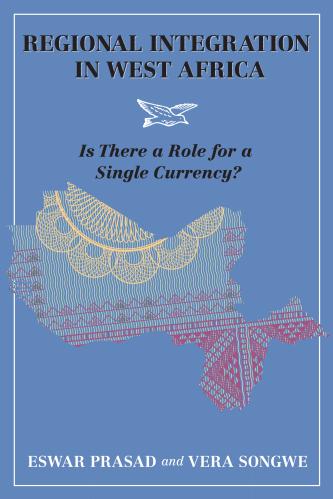
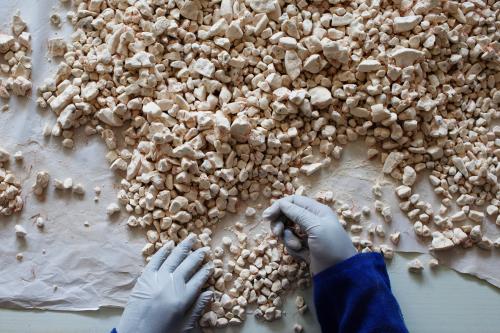
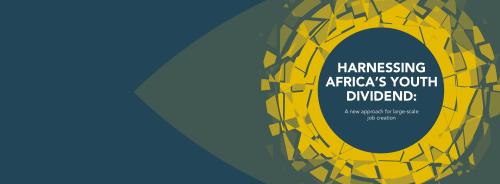
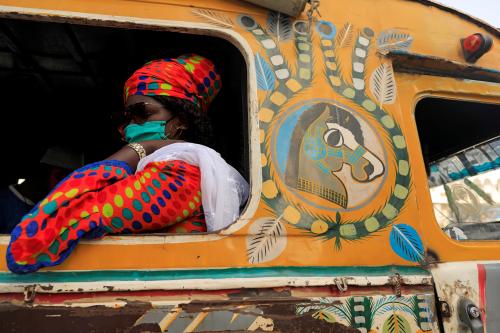

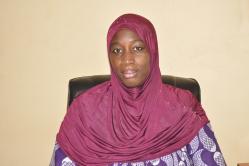




Commentary
Reconciling economic growth and youth employment creation in Senegal
How can industries without smokestacks help?
July 26, 2021